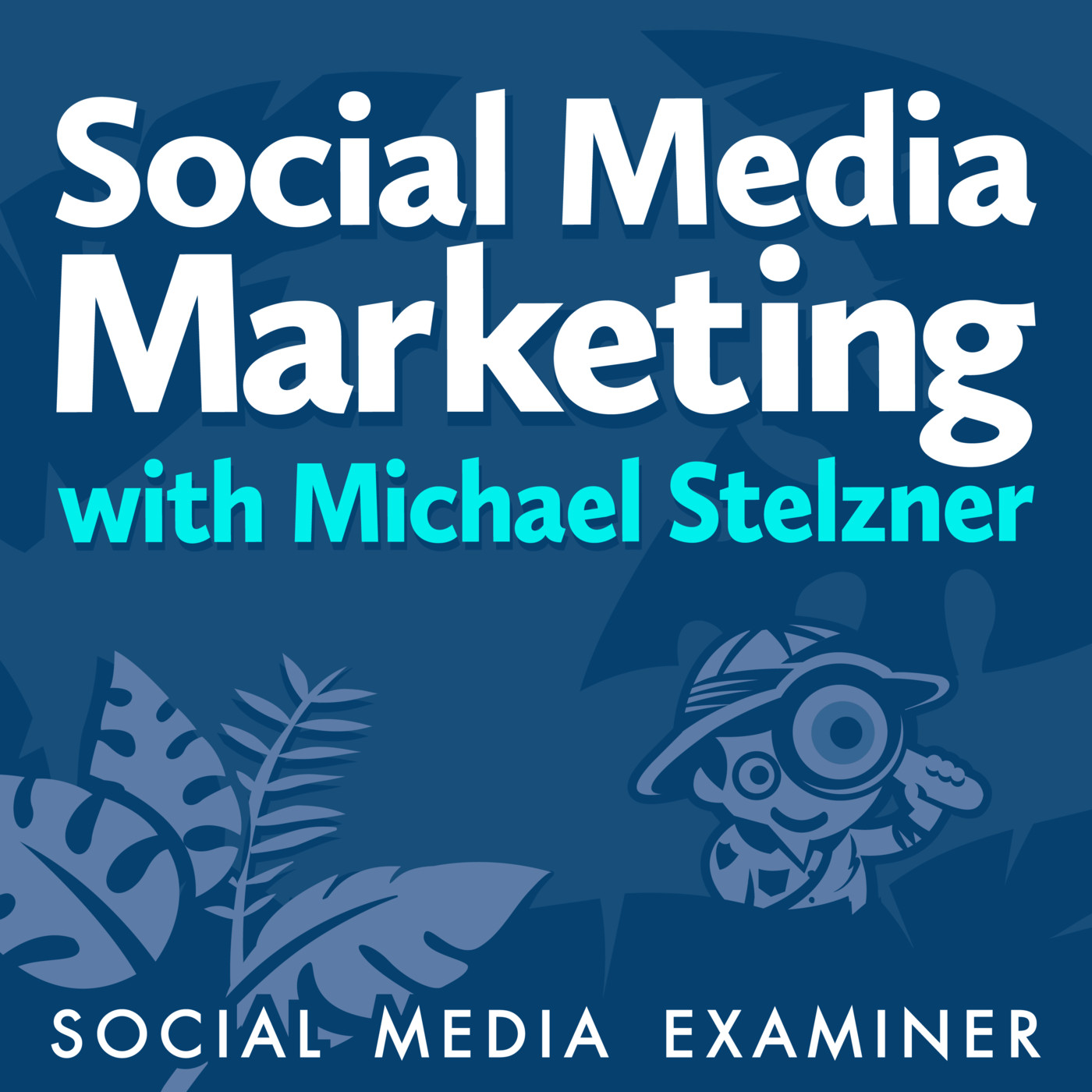
AI for Business: Use Cases and Trends

Social Media Marketing Podcast
Deep Dive
What are the three main branches of AI and how do they benefit marketers?
The three main branches of AI are regression, classification, and generation. Regression helps marketers understand which channels and strategies are most effective by analyzing data to predict outcomes. Classification aids in organizing and categorizing large datasets, such as social media comments or customer feedback. Generation allows machines to create content, including text, images, and videos, which can save time and reduce costs while increasing scalability.
Why should marketers be excited about generative AI?
Generative AI can help marketers save time and money, and increase their ability to reach more people with better messaging. It can automate content creation, such as writing blog posts, creating images, and producing videos, allowing marketers to focus on higher-value tasks.
What are the six fundamental use cases of generative AI in marketing?
The six fundamental use cases are generation, extraction, summarization, rewriting, question answering, and classification. Generation involves creating content, extraction helps in pulling specific data from large datasets, summarization distills information into key points, rewriting improves or adapts existing content, question answering provides detailed responses to complex queries, and classification sorts data into categories.
How can AI be used for summarizing and rewriting content?
AI can summarize long transcripts or documents into key points, making it easier to recall important details. For rewriting, AI can take poorly written or informal content and transform it into a professional tone, helping those who struggle with writing to communicate more effectively.
What is the potential impact of AI on marketing jobs?
AI is likely to change the nature of marketing jobs rather than eliminate them. While it can handle many routine tasks, it also creates new roles for managing and optimizing AI tools. Skilled marketers who learn to use AI will be more valuable, while those who do not adapt may face job reductions.
How can open source AI models benefit businesses, especially in sensitive industries?
Open source AI models allow businesses to fine-tune and deploy AI solutions in-house, ensuring that sensitive data remains secure. This is particularly useful in industries like healthcare, where patient data must be protected. Open source models can be customized to specific needs without the costs associated with commercial APIs.
What are the limitations and risks of using autonomous AI agents?
Autonomous AI agents can be given a general goal and will work continuously to achieve it. However, they are amoral and can be used for both good and bad purposes. For example, they can be used for scientific discoveries or cybersecurity testing, but they can also be misused for nefarious activities like password cracking. Users must be cautious and monitor the actions of these agents.
What are some tips for writing effective AI prompts?
Effective AI prompts should include a role, task, background information, and an execution command. The role defines the AI's perspective (e.g., a social media marketer). The task specifies what the AI should do (e.g., generate Instagram posts). Background information provides context and requirements (e.g., specific hashtags, target audience). The execution command tells the AI to perform the task. Longer and more detailed prompts generally yield better results.
How can AI be used for customer service?
AI can be used to answer customer questions 24/7, providing faster and more consistent responses. By fine-tuning models with company-specific data, AI can deliver personalized and accurate answers, enhancing customer satisfaction. This is particularly useful for handling frequently asked questions and providing recommendations.
What are some emerging AI models and their capabilities?
Emerging models like MPT Storywriter from Mosaic ML can generate long-form content, such as business books, by processing large amounts of data. These models can handle up to 65,000 tokens at a time, making them powerful tools for content creation and rewriting. This opens new opportunities for marketers to produce high-quality, coherent content at scale.
Shownotes Transcript
Wondering what marketing tasks AI can help you with? Looking for help developing AI prompts that deliver the results you need? To discover how to use AI for marketers, Interview Chris Penn.
Guest:** **Chris Penn) | Show Notes: socialmediaexaminer.com/568)
Review our show) on Apple Podcasts.
See Privacy Policy at https://art19.com/privacy) and California Privacy Notice at https://art19.com/privacy#do-not-sell-my-info).